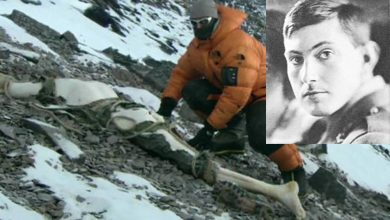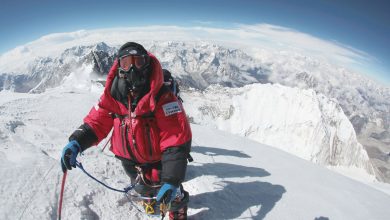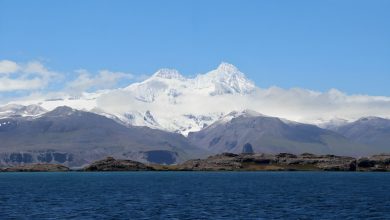Hannelore Schmatz: Fourth Woman To Summit And First To Die On Everest
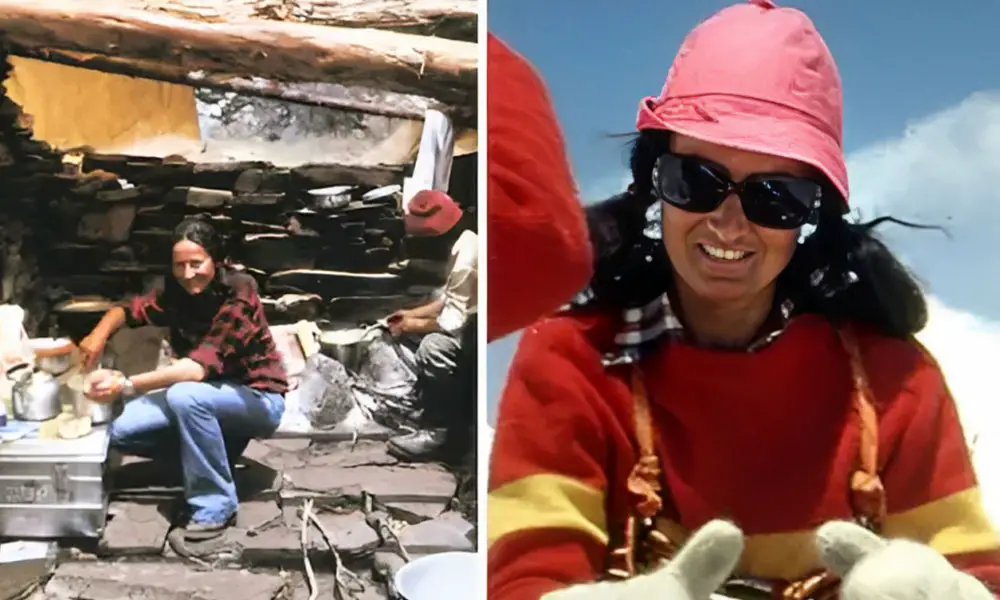
Hannelore Schmatz was a German mountaineer who was born on 16 February 1940. She was the fourth female ever to climb Mount Everest, and she became the first one to ever die on the summit of Mount Everest. Her life was full of adventures but ended on a tragic note at the highest peak in the world. Hannelore Schmatz is best known as the German woman found on Mount Everest’s upper slopes in 1979.
She was not alone on the trip whatsoever, though. She was accompanied by her husband Gerard Schmatz. They traveled a lot and had a very good experience in the mountains. Gerard and Hannelore were on one of the biggest and major mount climbing attemptss of their lives when they set to climb Mount Everest. Hannelore was only 39 when she succeeded in becoming the fourth woman in the world to climb the peak with her husband. Unfortunately, her biggest success also became the reason for her death.
Regardless of this, she is known for her legacy and her contribution to mount climbing all around the world. If you want to know more about Hannelore Schmatz, keep reading this article till the end!
Who was Hannelore Schmatz?
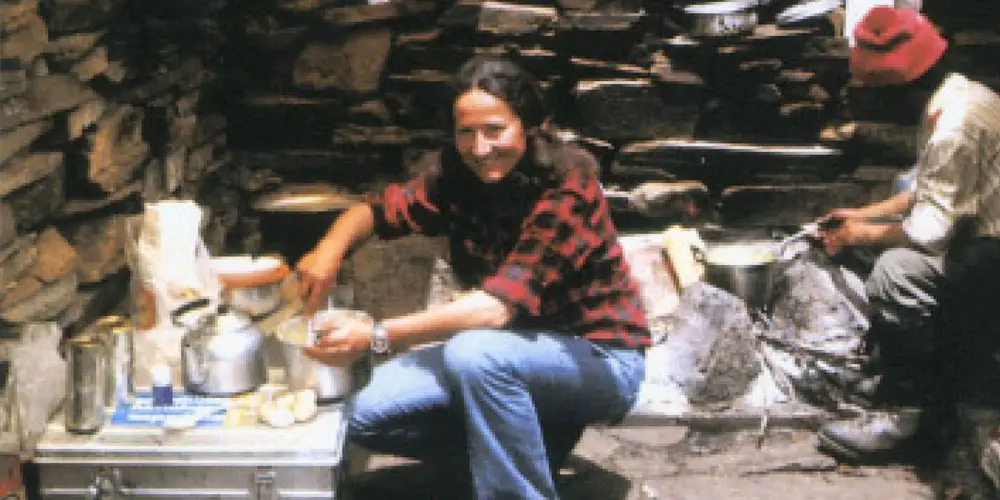
Hannelore Schamatz was a German mountaineer who lost her life on the upper slopes of Mount Everest. She is one of the first women who died on the peak of Mount Everest. Her body was found at 8,300 meters (27,200 ft). Schmatz was a seasoned and experienced mountaineer, as she had already climbed many mountains before Mount Everest.
Hannelore started the expedition from the southern route of Mount Everest. After her death, her corpse was taken as a sign of warning by many travelers who came to Everest. Not much has yet been revealed about the intense and most intimate details of Hannelore’s life. However, the world also knows her as one of the “sleeping beauties” on Everest, besides a few other women who died there. The mummified body of Hanelore remains in Everest on the southern route.
While her ascend and summit was successful, she could not help but collapse on her way back to the base camp. During the expedition, Schamtz’s husband Gerard was the leader of their expedition and also the oldest person among all the other climbers. Another American climber Ray Genet passed away simultaneously as Hannelore while trying to descend from the peak. While the sherpas requested that they not stop while descending, the night was getting darker, and they stopped at the bivouac at 28,000 feet (8,500 m). Ray died earlier, and the Sherpas, along with Hannelore, were forced to leave him there and continue their descent.
Later at 8300 meters, Schmatz asked for water from her Sherpa and died soon after. A loyal Sundare Sherpa stayed with her body for so long that he lost his fingers and toes due to the long wait and frostbite. While Ray’s body disappeared somewhere under the snow, Hannelore’s body remains where it had been to this day.
Hannelore Schmatz Mt. Everest

Hannelore Schmatz’s life ended on a very tragic note. Her body was left on Mount Everest after Sundare Sherpa could not help her survive. Hence, after he was gone, Hannelore sat in a sitting position even after she died. Her hair flowed while she sat there in the same position that she died for not just one but several years.
Hannelore’s body was not discovered by other mountaineers for years until the 1981 expedition. Mountaineer Chris Kopcjynski paid Sundare Sherpa a good amount to take him to the summit even though the Sherpa was refusing to do so because he had lost his fingers and toes to frostbite at the same time Schmatz died.
At first, the mountaineer assumed that the body was a tent. It had been frozen for so long that it didn’t give the essence of a human body. However, as they got closer, the mountaineers realized that it was the body of a female mountaineer who happened to be Schmatz. She still had her watch on. No wonder the mountaineer was threatened and scared by what he witnessed. He claims to have not touched the body and kept his distance.
The body was still left as it was. Later in 1984, a Nepalese police expedition team, including police inspector Yogendra Bahadur Thapa and his guide Ang Dorjee lost their lives while they tried to recover Hannelore’s body. Thapa was only 36, and Dorjeee was 35 when they passed away.
Here is Sundare Sherpa on Mt #Everest back in 1982, Sundare was the first person to have climbed Everest FIVE times. His first climb on Everest was with Hannelore Schmatz in 1979, he remained with her after she died, and as a result, lost most of his fingers & toes to frostbite. pic.twitter.com/BJoALSJK1o
— Everest Today (@EverestToday) May 2, 2020
In 1985, a British mountain climber Chris Bonington saw the body from a distance and mistook it for a tent. A Scandinavian mountaineer who was the first woman from her country to climb Mount Everest, Lene Gammelgaard, wrote about the experience of the Norwegian mountaineer and expedition leader Arne Næss Jr. when he spotted Schmatz’s dead body on Everest in her book Climbing High: A Woman’s Account of Surviving the Everest Tragedy (1999). She also writes about her experience climbing Everest when the 1996 disaster happened.
Arne’s description of Schmatz’s body remnants was written as, “It’s not far now. I can’t escape the sinister guard. Approximately 100 meters (300′) above Camp IV, she sits leaning against her pack as if taking a short break. A woman with her eyes wide open and her hair waving in each gust of wind. It’s the corpse of Hannelore Schmatz, the wife of the leader of a 1979 German expedition. She summited but died descending. Yet it feels as if she follows me with her eyes as I pass by. Her presence reminds me that we are here on the conditions of the mountain.”
Hannelore Schmatz’s body eventually fell down the Kangshung Face by wind much later.
Hannelore Schmatz Gerhard Schmatz
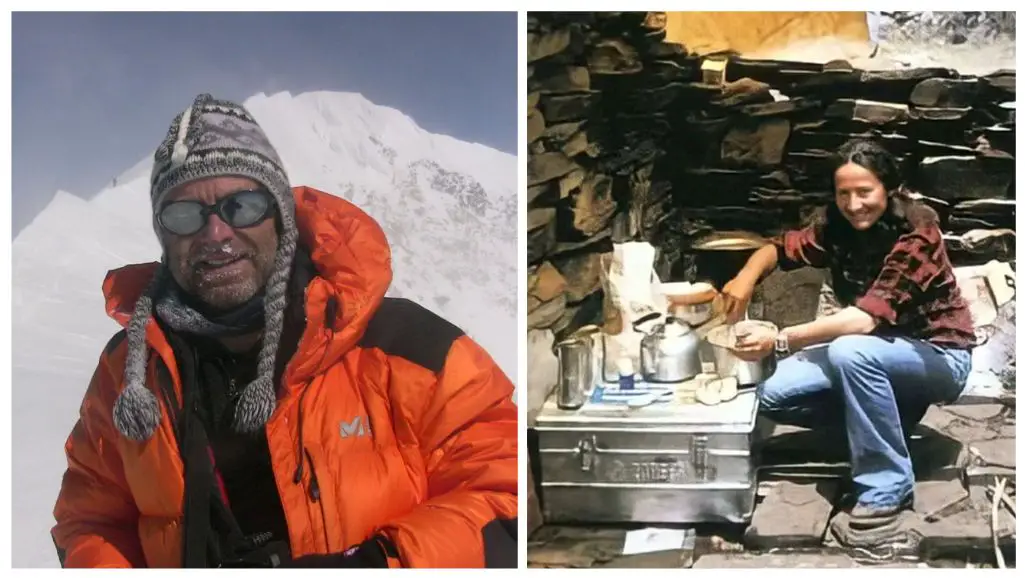
While Hannelore had a tragic ending, her husband had another victory to celebrate. Gerhard was 50 years old when he climbed the mount Everest. This also made him the oldest person ever to climb Mount Everest. While his team celebrated the victory, his wife Hannelore was on the South Col of Everest.
Gerhard considers the climb to Mount Everest to be one of the toughest and most ruthless climbs in his life. He also said there was no ice for the crampons, and the steepness and the weather conditions of the mountain just made everything worse. Moreover, he also shared that the highest peak on Earth is also the most “dizzying place on Earth.” The fatality of the mountain is no joke, and Schmatz made sure to convey his feelings.
The mountaineer recalls warning his wife and her team not to go up the peak as the weather condition was worsening and the environment was not the safest for mountaineers to summit. However, Hannelore would not listen to her husband as she did not want to miss out on climbing the tallest mountain in the world. After all, she had come so far.
When Gerhard descended, his wife and her team were still waiting to go to Camp IV, South Col. And the rest is history for Hannelore and her tragic ending.
While his celebration lasted only for a moment, when he found out about his wife, he was heartbroken, to say the least. He was glad that the team returned home safely, but the loss of his wife added weight to his heart as he could not take her home with him.
Hannelore Schmatz Body
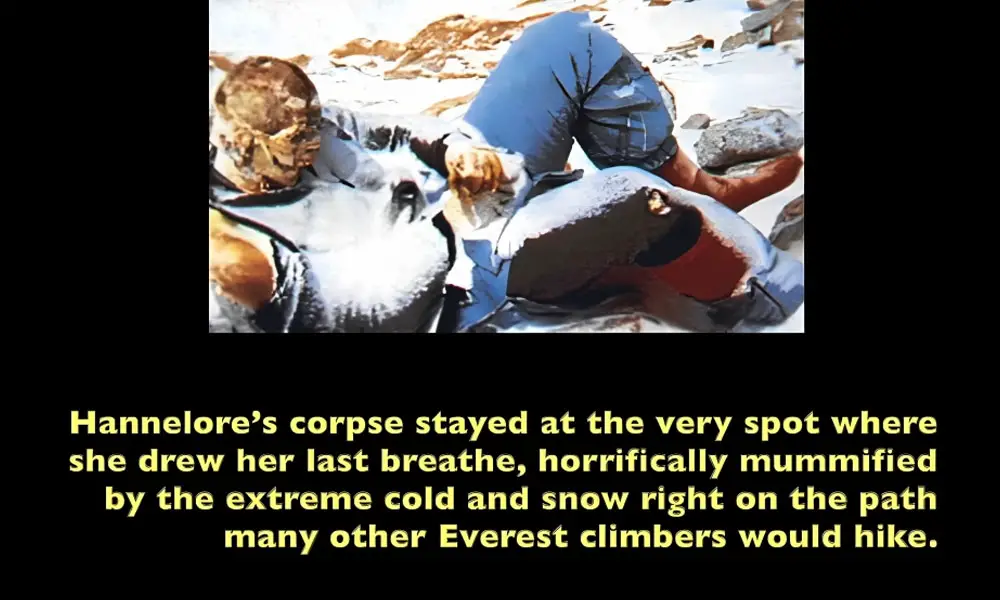
Schmatz’s body was rather a horrifying scene for people who would climb Mount Everest. She was sitting and was already turned into a skeleton years after her death. While travelers would either be scared of the body or consider it to be a tent, none has dared to recover the body after the death of the Nepalese who died trying to recover her body from the peak.
Schmatz’s body is still wearing the mountaineering gear that she had worn, although her body is nothing but bones now. Though the body has moved from its original position and place, many mountaineers have witnessed the heartbreaking sight of the first woman to ever die on Mount Everest. The peaceful pose and the open eyes, along with the flowy hair of the body, had also been labeled as “ the German woman” by many mountaineers.
As of now, the body was perished and almost disappeared. It remained in the death zone for the longest time. Furthermore, the body had also been a way to warn people not to commit anything foolish or to be extra careful when they were on the mountain. The corpse had turned milk white, and torn clothes on the back, which lay face down in the Death Zone of Mount Everest for the longest time. Anyone who would have seen the scene, they would be haunted by it for years.
Also, read:
